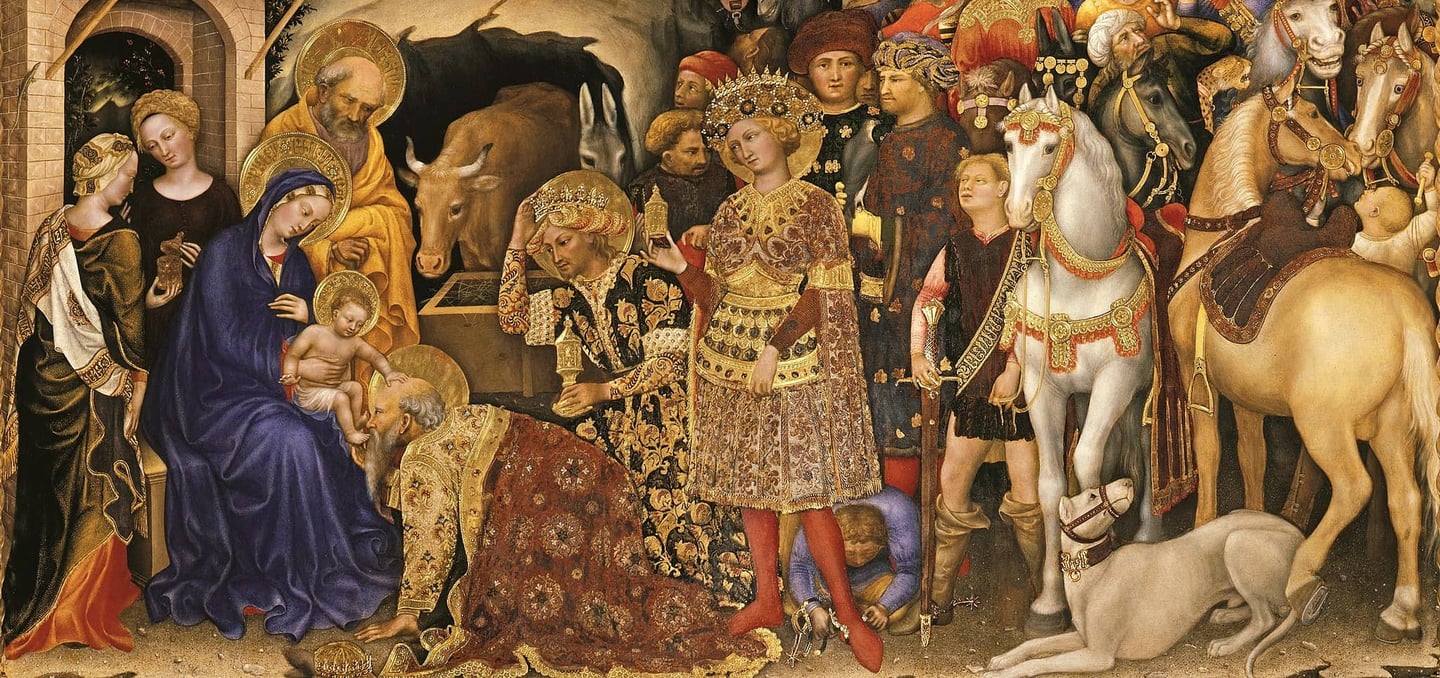Part 1 - Introduction to Medieval Era (500 - 1400)
The Medieval Era stands as a pivotal chapter in Western music history, marking a time when sacred chants echoed through grand cathedrals, and lively dance tunes filled the air in bustling town squares. Spanning roughly from 500 to 1400, this period witnessed the gradual evolution of musical styles, instruments, and notation systems that would shape the future of Western music. Sacred music, deeply intertwined with religious practices, provided spiritual guidance and emotional depth to ceremonial gatherings, while secular music flourished in courts and villages, capturing themes of love, adventure, and storytelling.
In this series, we will explore:
The unique characteristics and significance of sacred music in cultural traditions.
The vibrant world of secular music, filled with songs of love, courage, and social life.
The role of instrumental music in medieval celebrations and dances.
Key innovations in notation, polyphony, and rhythm that revolutionised Western music.
Influential composers whose works defined the Medieval period and shaped future musical developments.

